The competitive landscape of the Automotive HMI Market is characterized by rapid technological advancements and an increasing emphasis on user experience in vehicles.
The market is driven by the growing demand for intuitive interfaces that enhance the interaction between drivers and vehicles, ultimately improving safety and comfort. Key players are leveraging cutting-edge technologies such as artificial intelligence, augmented reality, and advanced sensor systems to develop innovative human-machine interfaces.
The market's competitive dynamics are further influenced by the ongoing transition towards electric and autonomous vehicles, compelling companies to invest in research and development efforts to stay ahead.
Robust partnerships and collaborations among manufacturers, technology firms, and software developers are also shaping the future of automotive HMIs, resulting in an increasingly interconnected ecosystem.
Continental has established a formidable presence in the Automotive HMI Market by providing advanced solutions that enhance driver interaction and vehicle ergonomics. The company's strengths lie in its extensive product range, which includes touchscreens, voice recognition systems, and haptic feedback technologies.
Continental has made significant investments in R&D, enabling the company to stay at the forefront of emerging trends like digital cockpits and multifunctional displays. Its commitment to safety and comfort is evident in its user-centric designs that cater to evolving consumer needs.
Continental's global reach and established relationships with leading automotive manufacturers position it strongly as a competitive player in this market segment, allowing the company to influence industry standards and best practices significantly.
Nokia holds a noteworthy position within the Automotive HMI Market by focusing on connectivity and network solutions that integrate with various vehicle technologies.
The company's comprehensive portfolio includes software solutions for vehicle-to-everything (V2X) communication, which elevates the standards of intuitive HMI in automobiles. Nokia's strengths are rooted in its long-standing expertise in telecommunications and its commitment to advancing intelligent transportation systems.
The company actively engages in collaborations and partnerships to enhance its offerings, as well as pursuing strategic mergers to bolster its market presence and technological capabilities.
As Nokia continues to refine its automotive communication technologies, it aims to provide innovative, connected experiences that redefine HMI in the global automotive landscape. Its emphasis on secure and reliable communications positions it well to meet the demands of an evolving vehicle ecosystem.
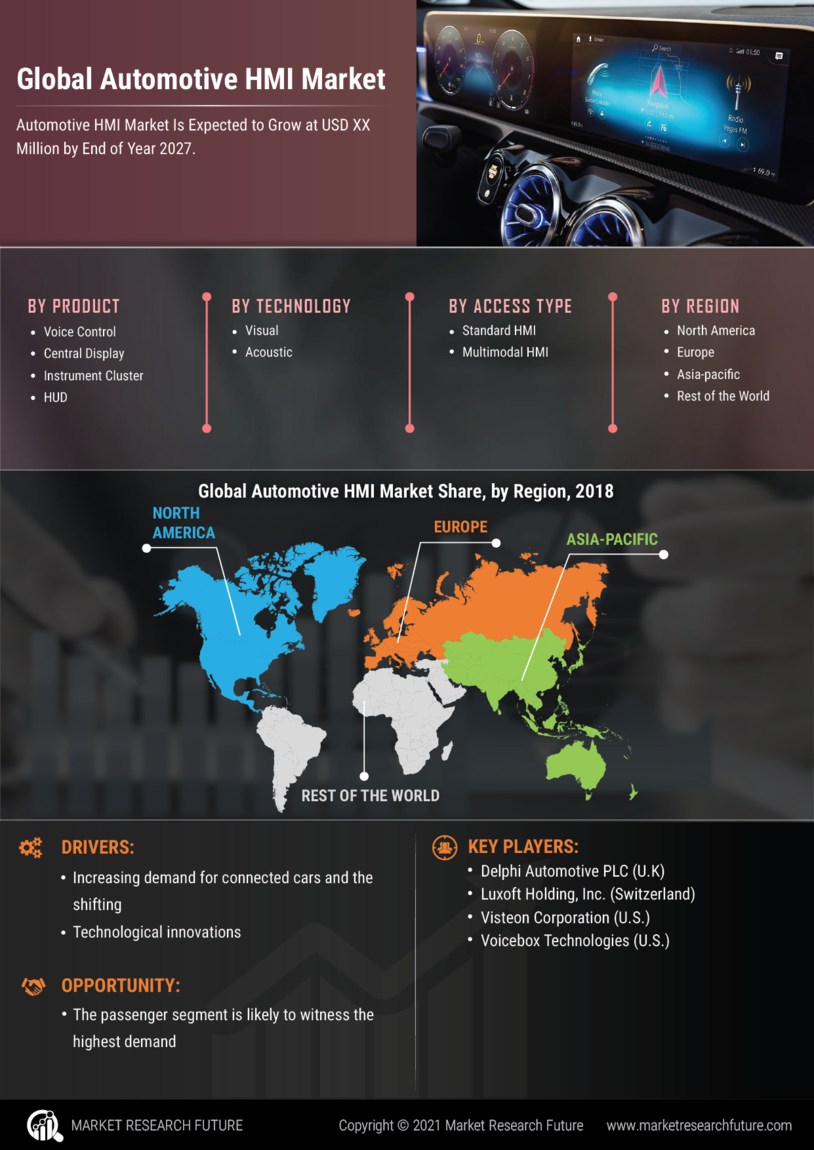

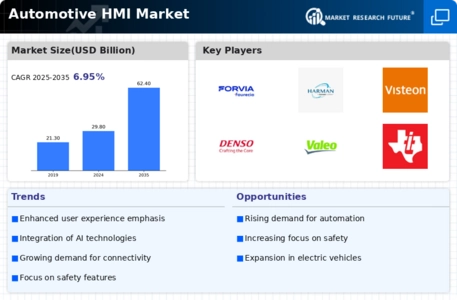
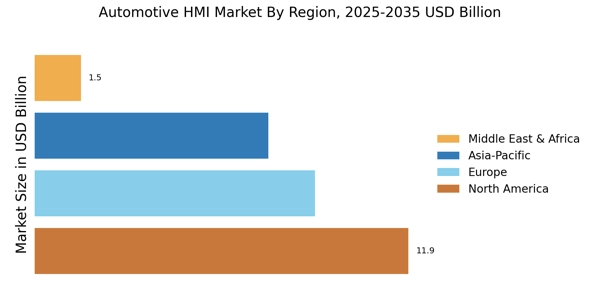

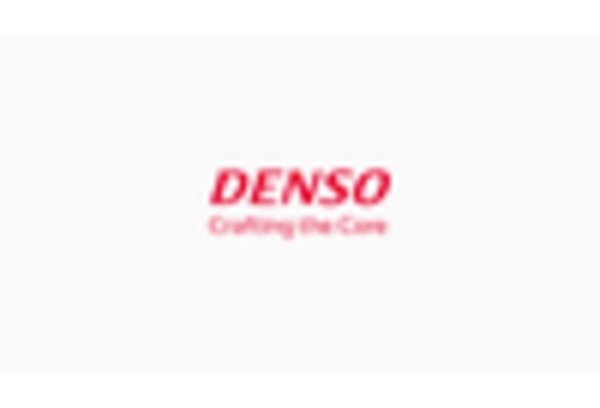
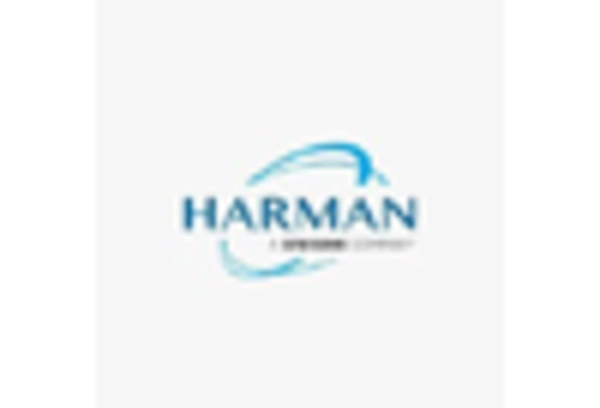
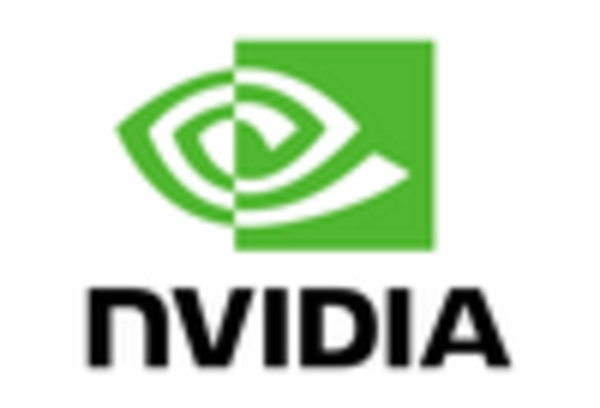
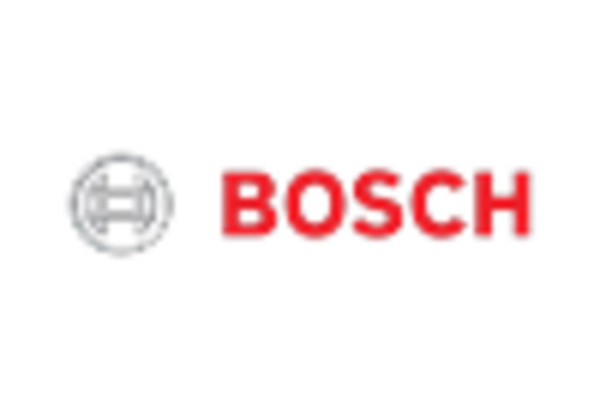
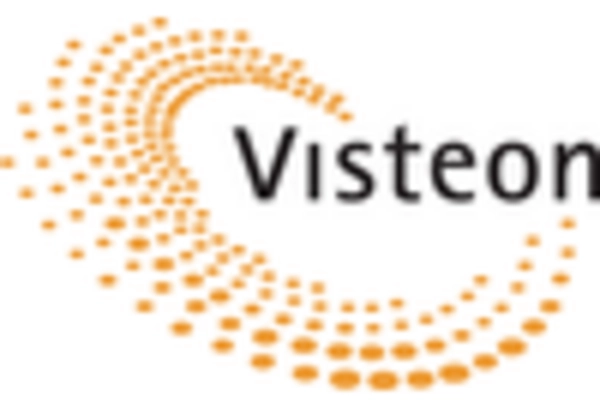








Leave a Comment